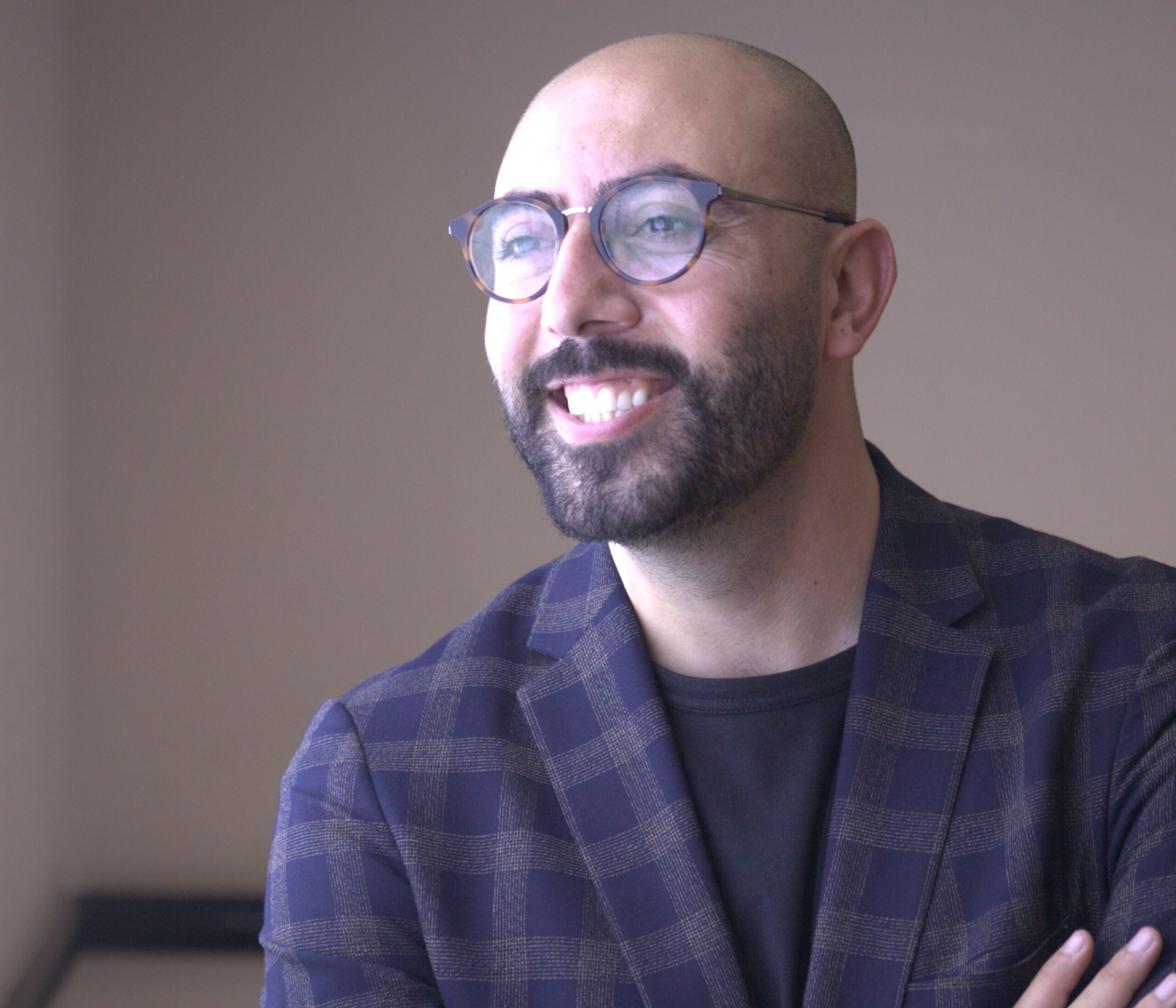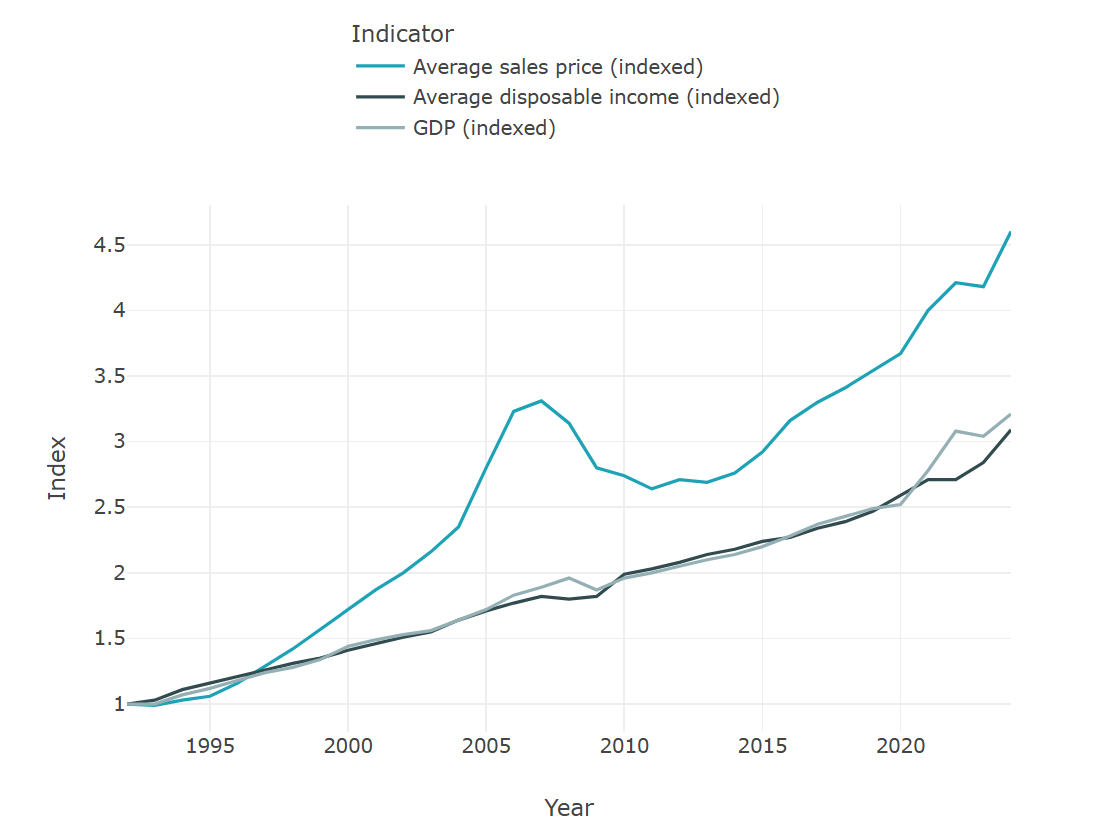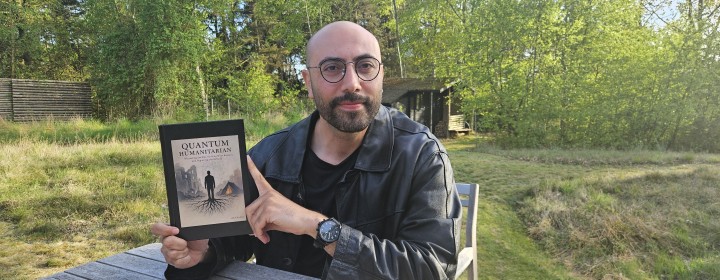An analysis of data from Europe, the USA and Chile carried out by researchers at the University of Southern Denmark and the University of Oxford reveals a large-scale reduction in life expectancy in 2020 – except in Denmark and Norway, where it actually increased.
The pandemic caused the biggest single-year decline in life expectancy in western Europe since World War II. Overall, the study showed the largest decline among men in the United States, whose life expectancy fell by 2.2 years compared to 2019, followed by Lithuanian men (1.7 years).
Nordic outliers
In the same period, life expectancies increased in Denmark and Norway for both men and women.
The number of COVID-related deaths rates was relatively low in both countries, and the small increase in mortality due to the virus was offset by a decrease in general mortality.
Early non-medical treatments combined with a strong healthcare system may have contributed to the two Nordic countries’ anomalous statistics.
What is life expectancy?
Life expectancy is a snapshot of current mortality rates. The number refers to the average age a newborn can expect to live to if the current mortality rate continues throughout the person’s life.
It enables a comparison of the magnitude of the lethal impact of the pandemic between different countries and populations.
José Manuel Aburto, an assistant professor at the University of Southern Denmark who is one of the main authors of the study, put the figures into context: “Before COVID-19, it took an average of 5.6 years for the countries we studied to achieve a one-year increase in life expectancy. That progress was lost in a single year during the pandemic.”
New acid-inhalation treatment effective against corona and other viruses
A new treatment for COVID-19, developed by the University of Copenhagen and Rigshospitalet in collaboration with Norwegian company SoftOx, has been approved by the Danish Medicines Agency for clinical trials on humans. It involves inhaling a mild acid solution, which helps the immune system to fight infections in the respiratory tract caused by bacteria or viruses, and has shown great success so far, according to Professor Thomas Bjarnsholt of the University of Copenhagen.
DTU researchers test new CO2 capture method
Existing CO2 capture is based on passing biogases into a liquid solution that captures the carbon dioxide. Now researchers at DTU are testing a new method that enables it to be captured in a solid material using ionic liquid – a substance that does not evaporate when heated. The new capture project aims to reduce the costs and energy expenditure of CO2 capture, and it will be installed and tested at one of Swedish company Wärtsilä’s biogas plants.
Fast, cheap COVID-19 test method shows potential
Researchers from DTU Health Technology have developed a simple, fast and low-cost method for detecting SARS-CoV-2 RNA called NISDA assay. Unlike existing tests, it doesn’t rely on biological enzymes, which eases transportation and storage needs. Samples can be analysed in 30 minutes and in clinical trials it showed 100 percent specificity as well as 96.77 percent and 100 percent sensitivity in the laboratory and at the hospital respectively. The method can be designed to detect other diseases.
SDU researchers develop “elegant” water-purification method
Drinking water is often purified with chlorine, which kills micro-organisms, but does not remove other chemicals and potentially harmful trace elements. A method developed by chemists James McPherson and Professor Christine McKenzie from SDU to do both has been described as “elegant” in the Journal of the American Chemical Society. First, chlorine is used to kill the micro-organisms. Then the chlorine is used to catalyse a reaction between iron and carbon that removes harmful compounds, produces CO2 and turns chlorine into table salt – thus eliminating all the dangerous by-products. The method is promising but hard to scale up.
HRH Crown Prince Frederik inaugurates scientific LIFE Campus in Lyngby
LIFE is a scientific education initiative and fund, established by the Novo Nordisk Foundation, which aims to improve scientific education, training and research in Denmark and promote youth interest in science. HRH Crown Prince Frederik was invited to the opening of the new 5,400 sqm campus building, which houses high-tech laboratories in which to teach primary and secondary students. Novo Nordisk Foundation will provide grants to the LIFE Foundation totalling almost 1.9 billion kroner for the first 10 years.
Horse beans may become one of our primary protein sources
Currently, importing plant proteins to Denmark – especially soya – is a challenge. But horse beans – which yield well in Danish and wider European climates – absorb CO2 and do not need fertiliser. Additionally, their composition of amino acids – together with rice and wheat – constitute a complete amino profile, removing the need for meat-based dietary protein. The results of a new European research project called ProFaba predict the legume will play a major role in the transition to a plant-based diet. Further plant breeding will be required to ensure disease resistance and other bio-adaptations before they become an agricultural staple in Denmark.
Denmark and India strengthen ties with new technology partnership
Aarhus University’s Department of Computer Science and Indian IT company Infosys have signed a strategic partnership agreement to strengthen collaboration on research and innovation in artificial intelligence, cryptography and data security. The collaboration between Infosys and Aarhus University follows a recent strengthening of political, economic and commercial relations between the two countries, which entered into a green strategic partnership agreement in September 2020.
Nursing home residents receive third shot
The revaccination of Danish nursing home residents began on September 9. At that time there were 45 infected. By October 7, some 94 percent had been administered a third shot, with only four confirmed cases. The level of immunity – especially among the elderly – decreases with time, which may explain the increase in corona cases in nursing homes during August.
Outdated legislation is blocking development of new farming tech
In agriculture, self-propelled devices and robots are already used to remove or spray weeds and to harvest crops, though only a few systems are commercially available. However, according to researchers at the Department of Food and Resource Economics at the University of Copenhagen, the current safety rules for machines in agriculture are hindering the spread of robot technology. They require, for example, self-propelled robots to be monitored on-site, though it’s primarily very large farms that will benefit from the technology. To accelerate the development and roll-out of the robots, the industry needs new rules and standards.












